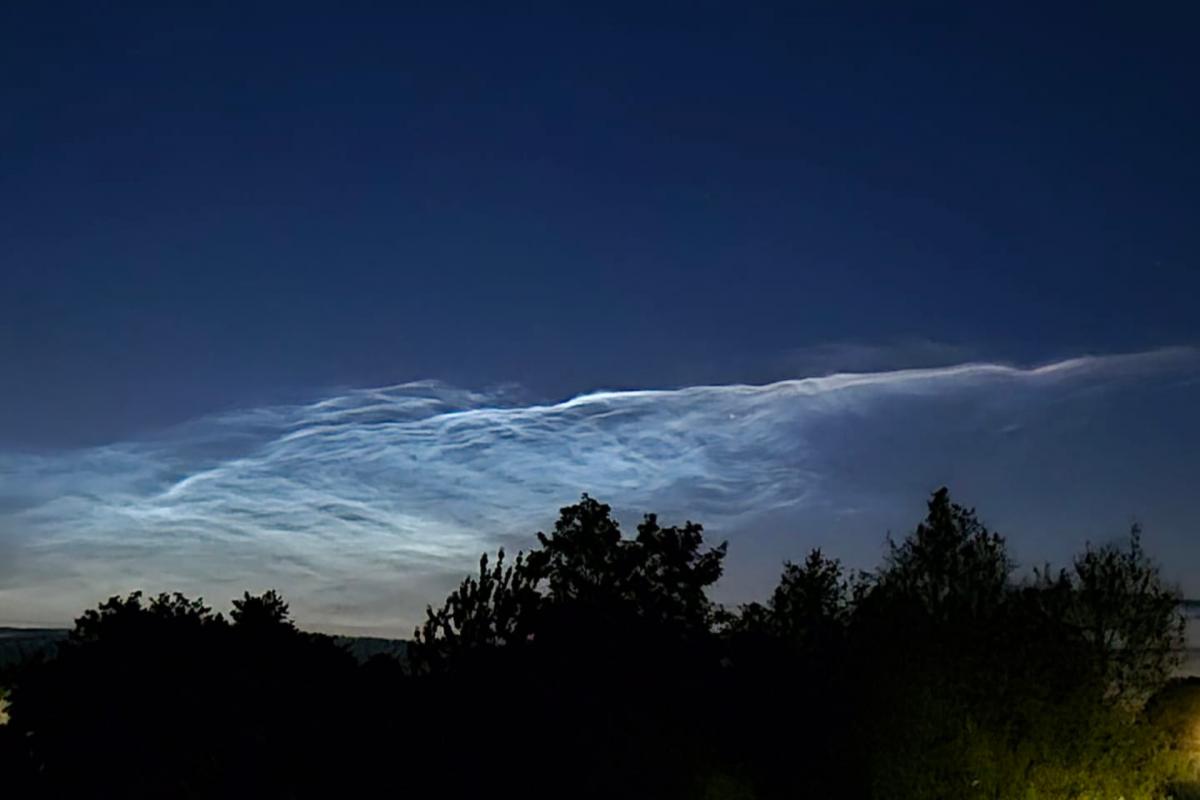Time: 2024-07-03
Noctilucent clouds can be observed during the summer months in the Northern Hemisphere, particularly in the regions between 40 and 70 degrees north latitude. These delicate high-altitude clouds form at an altitude of about 50 miles above the Earth's surface, in the mesosphere. The clouds are made up of icy dust particles that reflect sunlight from over the horizon, creating a mesmerizing display in the night sky. One amateur astronomer, Steve Brown from North Yorkshire, England, captured a time-lapse of these clouds, showcasing their beautiful movement reminiscent of water flowing over a cliff.
Hurricane Beryl Strikes the Caribbean
Hurricane Beryl made landfall on Carriacou Island in the Caribbean, producing life-threatening conditions with catastrophic winds and a life-threatening storm surge. The storm strengthened into a powerful Category 4 hurricane, causing extreme damage and intense winds across the region. The US National Hurricane Center issued warnings for residents to seek shelter and not leave their homes as the dangerous eyewall of the hurricane passed over the island. Grenada, Barbados, Saint Vincent and the Grenadines, Tobago, as well as other Caribbean islands, were under hurricane warnings, underscoring the severity of the situation.

Noctilucent clouds, also known as night-shining clouds, have puzzled scientists since they were first noticed in 1885. These clouds form in the mesosphere, at incredibly low temperatures close to the poles. NASA's Aeronomy of Ice in the Mesosphere mission aims to study the properties of the atmosphere where these clouds form, seeking to understand their formation and the reasons behind their increasing occurrence further from the poles. NLCs are believed to be linked to climate change and require specific conditions, such as water and frigid temperatures, to manifest in the sky.
The Impact of Hurricane Beryl
As Hurricane Beryl wreaked havoc in the Caribbean, experts highlighted the rarity of such a powerful storm forming early in the Atlantic hurricane season. Beryl became the first hurricane of the 2024 Atlantic season and quickly escalated to a Category 4 hurricane, with sustained winds of 150 mph. The storm posed a significant threat to the Lesser Antilles, Hispaniola, Jamaica, the Cayman Islands, and other parts of the northwestern Caribbean. The National Oceanic and Atmospheric Administration predicted an extraordinary hurricane season, attributing the increase in storms to warm Atlantic Ocean temperatures and the weather phenomenon La Nina in the Pacific.
Noctilucent clouds appear randomly in the night sky, typically around midnight in the northern hemisphere. Stargazers can witness these ethereal clouds best with the naked eye or binoculars, enjoying their silvery blue hue. While NLCs offer a captivating sight during the summer months, extreme weather events like Hurricane Beryl serve as a reminder of the devastating impact of climate change. As these phenomena become more frequent and severe, it is essential for individuals and communities to stay informed and prepared for the challenges posed by nature's forces.